Opening April 14 at the Bronx Documentary Center in New York, Look At The USA gathers photographs from 17 years of photographer Peter van Agtmael’s work to draw a complex picture of post 9/11 America. The exhibition addresses themes ranging from the wars in Iraq and Afghanistan to the social and political issues that shake the country from within. In this interview, Peter van Agtmael talks about the process behind the conception and evolution of the work.
This exhibition encompasses about 17 years of your photography. What is the thread that runs through?
I started this when I was 24 and I’m now in my 40s. On some level the thread is myself, moving through this post-9/11 American landscape at home and abroad, trying to figure out what my country is. I also tried to address the big issues like nationalism and militarism, race and class, empire and identity, and the individual moments that make up those big issues.
Your preferred way of presenting your work in the last few years has been books, where text takes on an important role. How did you turn this into an exhibition and how did the idea come about?
The idea of combining work from different books came from Cynthia Rivera, the curator at the Bronx Documentary Center, and there’s also about 20% of the show that isn’t in any of the books. On the walls in this exhibition there’s detailed text in English and Spanish, which kind of illuminates what’s happening around the image and not really what’s in the image itself, but I think the show can still work without it, as an exclusively visual journey. Making books is probably my favorite thing to do, but the meaning and the character of the image changes dramatically as you change the scale of some of the pictures and you print them bigger, especially the more complex ones.
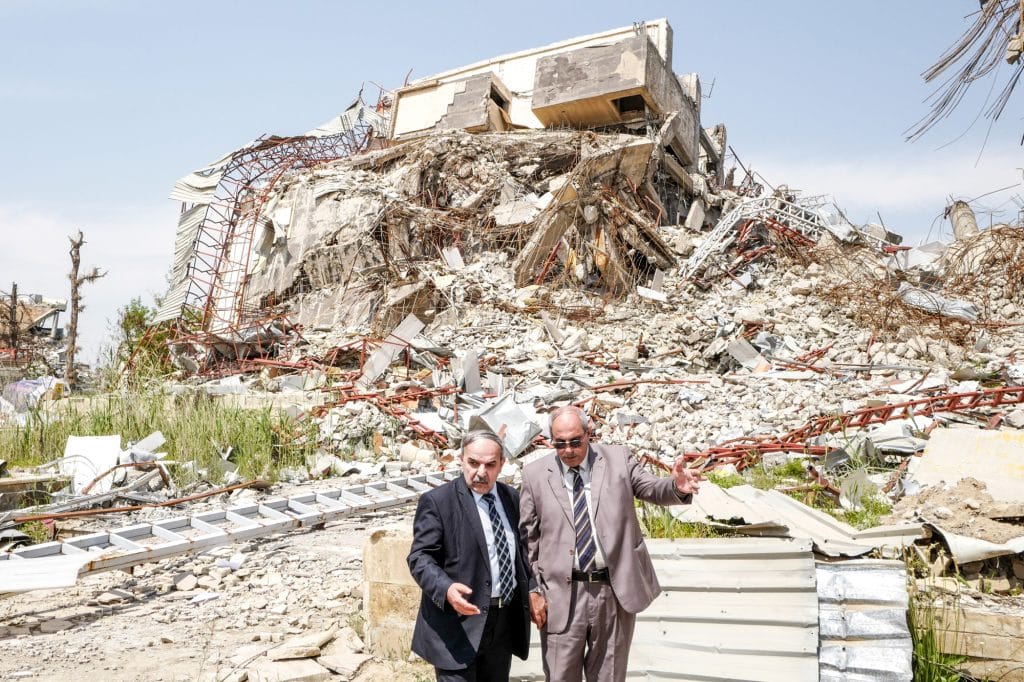
You used images from the Kentucky Derby side by side to a Trump rally and a destroyed university in Mosul. Why is it important for you to proceed this way?
Those moments are all kind of intimately related, and hopefully the power is in that combination of place and time and subject matter. The United States represents a pretty unique place in the world because of its deeply disturbing history, its great wealth and horrible poverty, its opportunities for self-realization and the structural flaws that prevent that from happening for most people. Given that the country embodies so many contradictions, the pictures are a reflection of the society itself.
You started photographing war like many other young men, but soon shifted to look at what it also hides. Is there any first realization you remember having about that approach, which shaped your photography as it started evolving?
Essentially, what I thought I knew about the country was soon being dismantled by what I was seeing with my own eyes. It was the feeling that something was wrong about how I perceived the United States and its place in the world, in its history and its own present. Dozens of questions turned into hundreds. They don’t necessarily get answered fully in the work, which is anyway open ended, but at least they get explored.
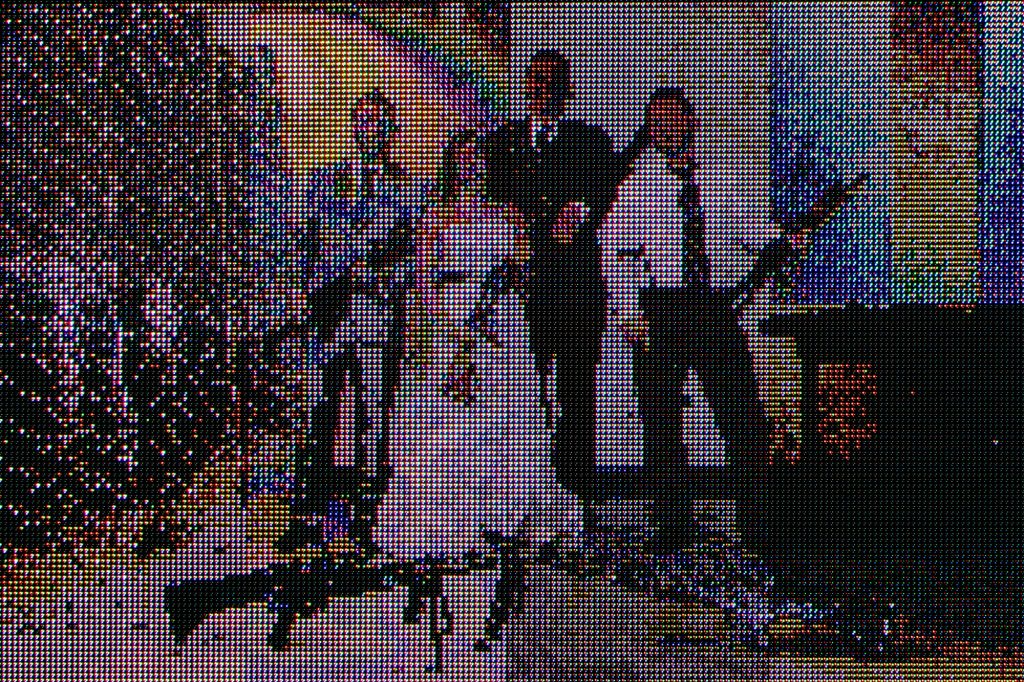
What you looked for 17 years ago is different from what you look for now?
I’ve been deeply committed to certain issues, but also kind of constantly shifting around, looking for new ways to kind of explore the same questions. On a photographic level there’s a change in the ability to see things. When I first started, at 24, I could only process so many things at once through the camera. Now I can see and process many more things at the same time. The pictures become oftentimes a bit more chaotic, loaded with people and gestures, movements and strangeness, but I think I also carried through the simple approach that I’ve started with. Sometimes moments need to be understood in a complicated way, sometimes they can be understood in a very simple way, and in that case the way I saw before is just as valid as the way I see now.
In the evolution of your work, one can notice people being increasingly nestled in the geometry provided by the natural or urban landscape. Is it an intention?
Yes, It’s hard to say exactly how that process works. I usually see a certain scene, and I think something could happen within that scene. Then it’s a process of waiting to see if anything develops within it, and as I wait I’m trying to build a complex picture. It’s like waiting for bigger and bigger waves when you’re surfing. Not that I’ve ever surfed, I actually don’t know shit about surfing, but the idea I’m trying to give is how can you keep expanding into more complexity without that image collapsing upon itself? It’s easier to take in one or two things happening in a picture than it is to think about like 15 or 20 things happening in a picture.
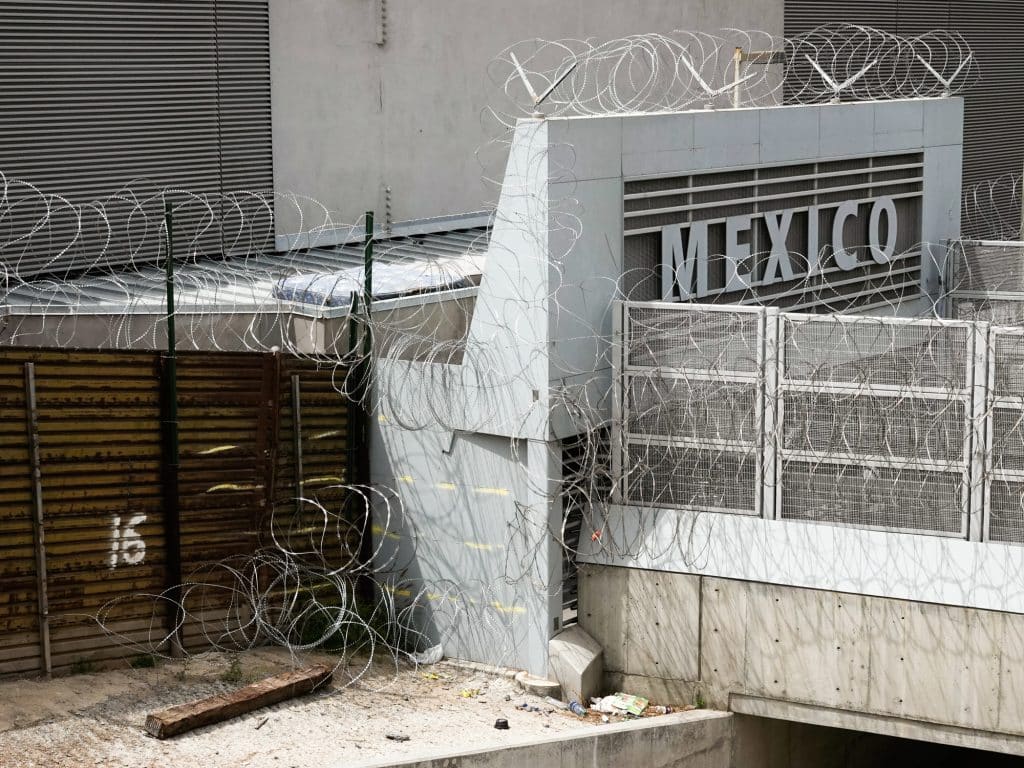
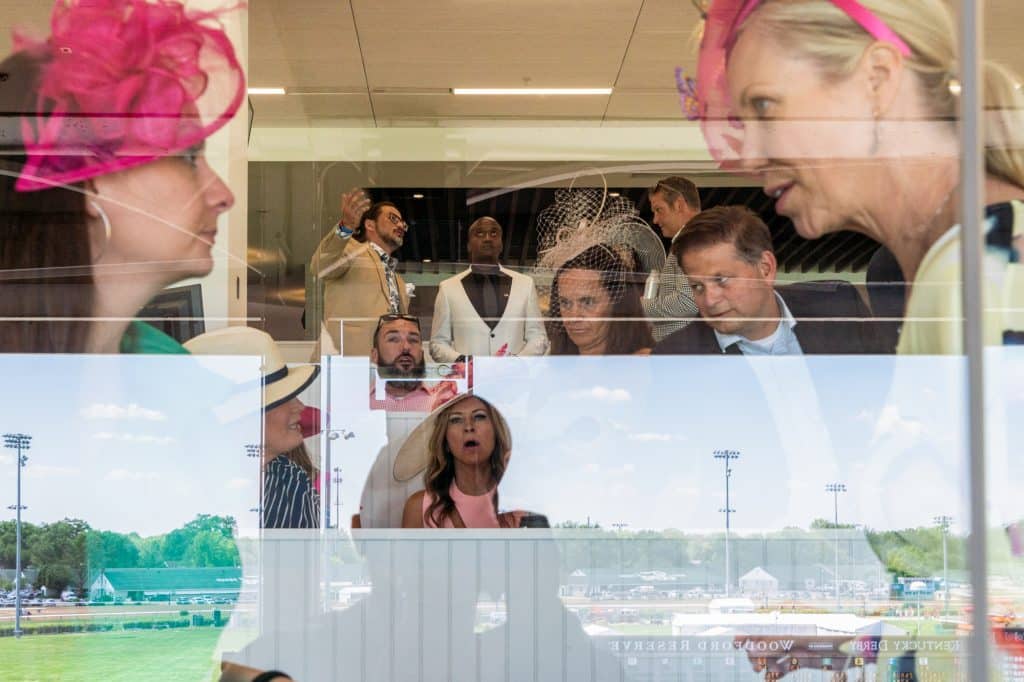
Building on that, you seem to be very interested in crowds. What draws you to them?
There’s something inherently interesting about large groups of people. There’s a lot of possibility to build something complicated, since you can rely on everybody doing something different, and sometimes it all comes together. With Trump, crowds have this feeling of a mob at times, I’m thinking of the January 6 Capitol attack for instance, and I’m interested in the mob mentality. One of the most traumatic incidents of my life took place as I was attacked by a mob in Egypt during the Arab Spring. I think my fascination and fear of large groups of people and how they can turn their energy in a matter of seconds is something that subconsciously compels me because of that near-death experience.
You grew up in the U.S. as an American citizen. In your books you often write in the first person and you are very critical of your own country. Can you talk about your position in relation to the work?
I try to criticize myself and criticize the country at the same time. A lot of the writing also deals with my own foolishness, naivete and immaturity. I’m an imperfect narrator and I think that’s part of the point. All I can write about is what I understand from what I’ve seen. It’s a flawed point of view, and in order to be coherent it omits a lot. I think the challenge is to tell a critical, complex story with some clarity, while informing you about how flawed it is.
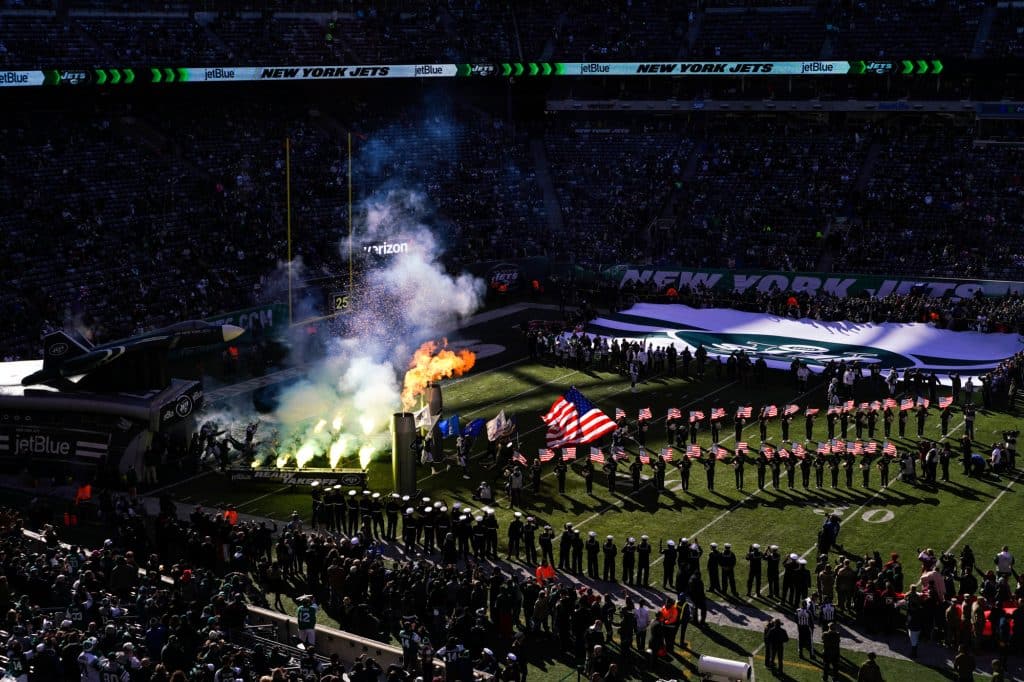
The title of the show, Look At The USA, comes from a book you found at Baghdad College. It seems to hint at the way the country is perceived from a foreign point of view. You also taught for years in the Arab Documentary Photography Program. Is there any insightful feedback you got about this work from a Middle Eastern perspective?
It was not one take away, but a very deep shift. That program was a profound influence on my life because it created the friendships and inspiration to help me look at things in a very different way, from the perspective of the people caught in the middle. Every time I teach there I show the work and it’s a very informal program, so people talk freely and honestly about what works for them and what doesn’t, and why. It’s been an education for me, shifting my way of seeing in a way that I couldn’t have gotten to on my own.
Do you keep expanding on these topics?
I’m trying to finish this and make a book out of it out of all the work combined. I want to end with the symbolic end of the era, the withdrawal from Afghanistan. I’ll go to Afghanistan in May to photograph the Taliban in control of the country again, and I imagine that’s where this chapter will draw to a close. I’ve already started to work on the next big part of this, looking at the American empire more broadly throughout the world, and the U.S. military kind of pivoting to fight future wars possibly with Russia and China. And, you know, that will take me another 10 years.
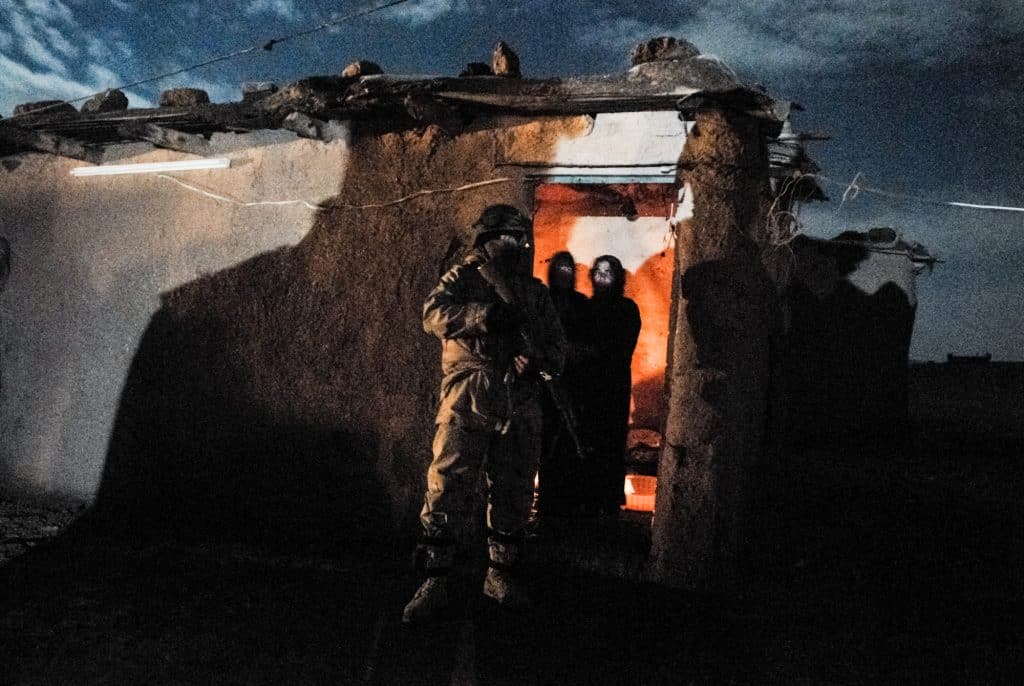
Look at the USA, an exhibition by Peter van Agtmael, is on view at Bronx Documentary Center, in New York, until June 26, 2022.


